Custom Chinese Chop Design
One of my most influential museum visits came from seeing the The Seal Gallery at the Shanghai Museum. This was regarded by DK Eyewitness Travel as the best chops collection in China. Many of the more than 500 chops in the collection have elaborate exterior carvings, but the stamps formed are most influenced in design by shape and stroke styles. As I was exploring The Seal Gallery for the first time I made notes with ideas of how to communicate my Chinese name 安大卫 into a unique seal with a personal touch.
Shape
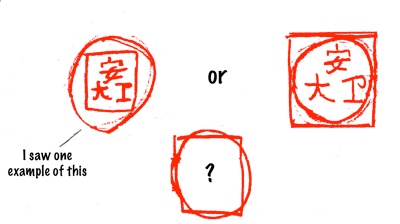
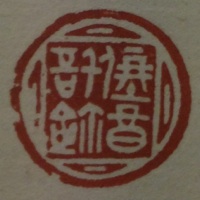
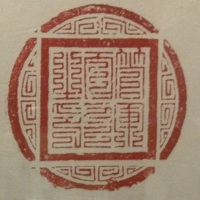
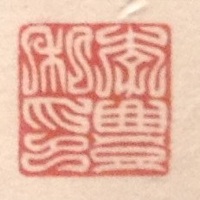
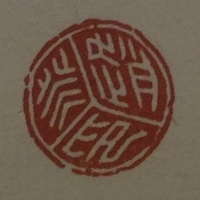
One of the interesting distinctions between chop designs is the shape of the impression formed. The most common shape for a chop is a square pattern, but I was particularly fascinated by some seals using a round shape or a combination of square and round shapes. This attention to shape detail would later influence the design of my chop to allude a hidden Mickey.
Stroke
Another influential part of my observations of The Seal Gallery was the different styles of character strokes. This would go on to influence how I sign my Chinese name.
My notebook showed some experimentation with different stroke styles. When I experimented with interlocking strokes between characters I found that the three characters making up my family name could be connected into something that flows together. The stroke order diagram shows how my name could be efficiently signed using just five strokes. The first stroke is an homage to Apple Computer with the leaf intentionally turned looking back to the classical legacy of Steve Jobs and Steve Wozniak.
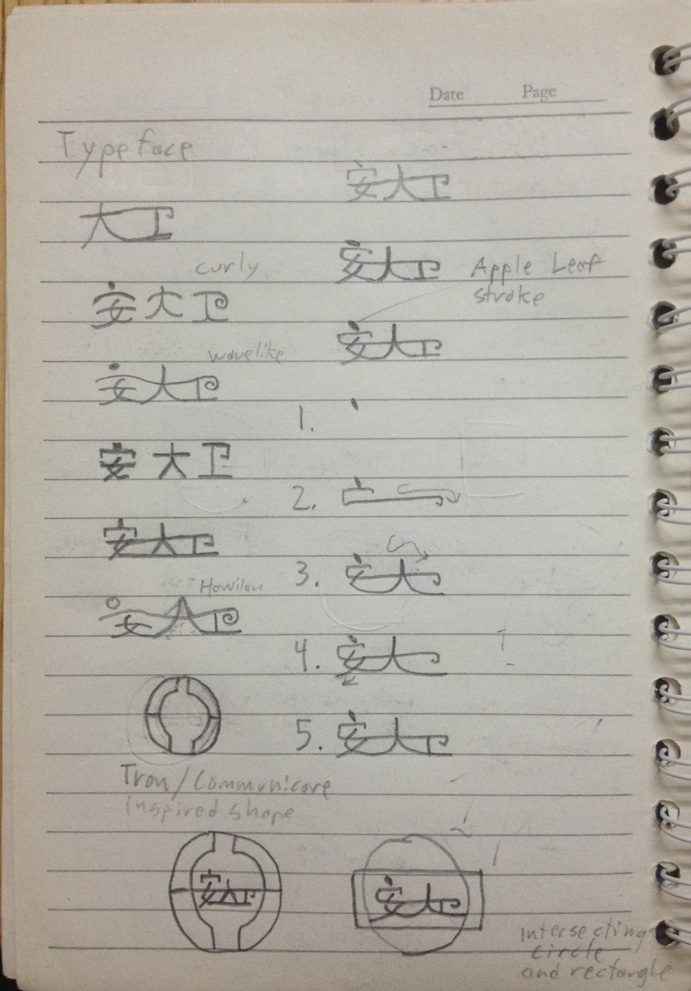
Design
When putting these elements together I sketched a design for a square chop alluding to a hidden Mickey with interlocking smooth flowing characters in the middle.

Production
Although I sketched this design September 4, 2016, it was not until November 31, 2019 that I produced the final chop. It took me so long to realize this idea because I do not have the tools or experience to engrave a seal. I am very grateful to my friend Qingsi who has done so much to help me better realize the Chinese Culture. On a later visit to the Shanghai Museum I shared about this design idea and she offered to help me make this seal using her own engraving tools.
This was my first time engraving stone, but I found the material was soft enough to be easily chiseled with a knife. A difficult part was marking the pattern backwards on the bottom of the seal. One change made during production was a realization that the texture of the ears was too detailed for me to impliment on my very first seal engraving.
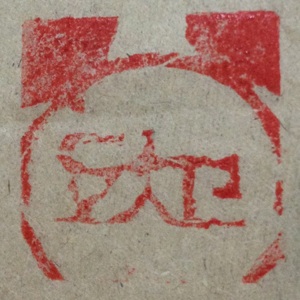
Overall I am satisfied to have finally realized a design for a custom Chinese chop that uniquely reflects my passions and creativity. The next time I visit The Seal Gallery in the Shanghai Museum I will look at it with new eyes. I’m still imagining new ways to reach for the next level of design with 3D printing or a USB port for a truly modern 21st century seal.
References
Bedford, D., Knowles, C., & Neville-Hadley, P. (2007). DK Eyewitness Travel: Beijing & Shanghai. London, England: Dorling Kindersley Publishing.
© 2020
Saturday, December 7, 2019



